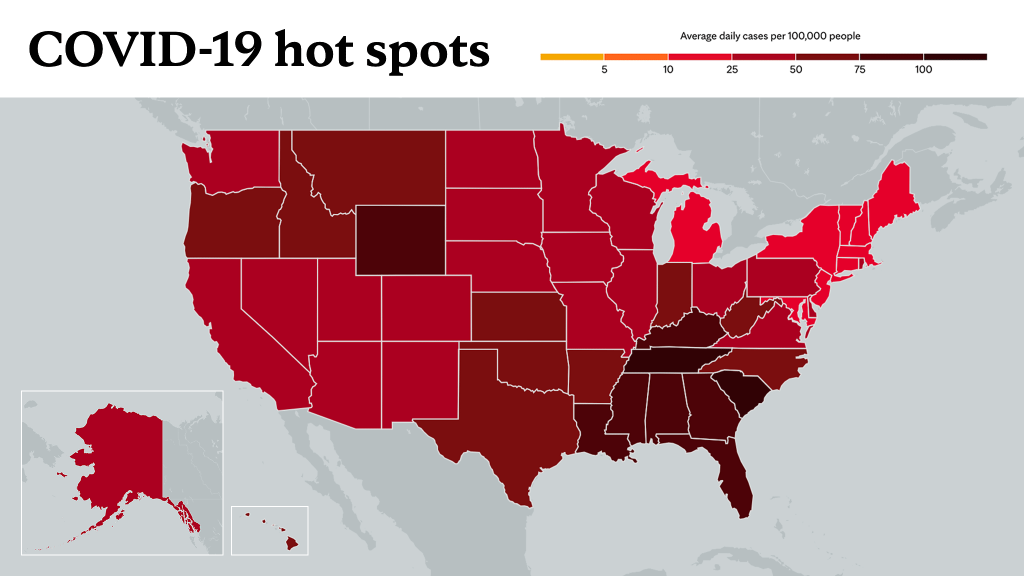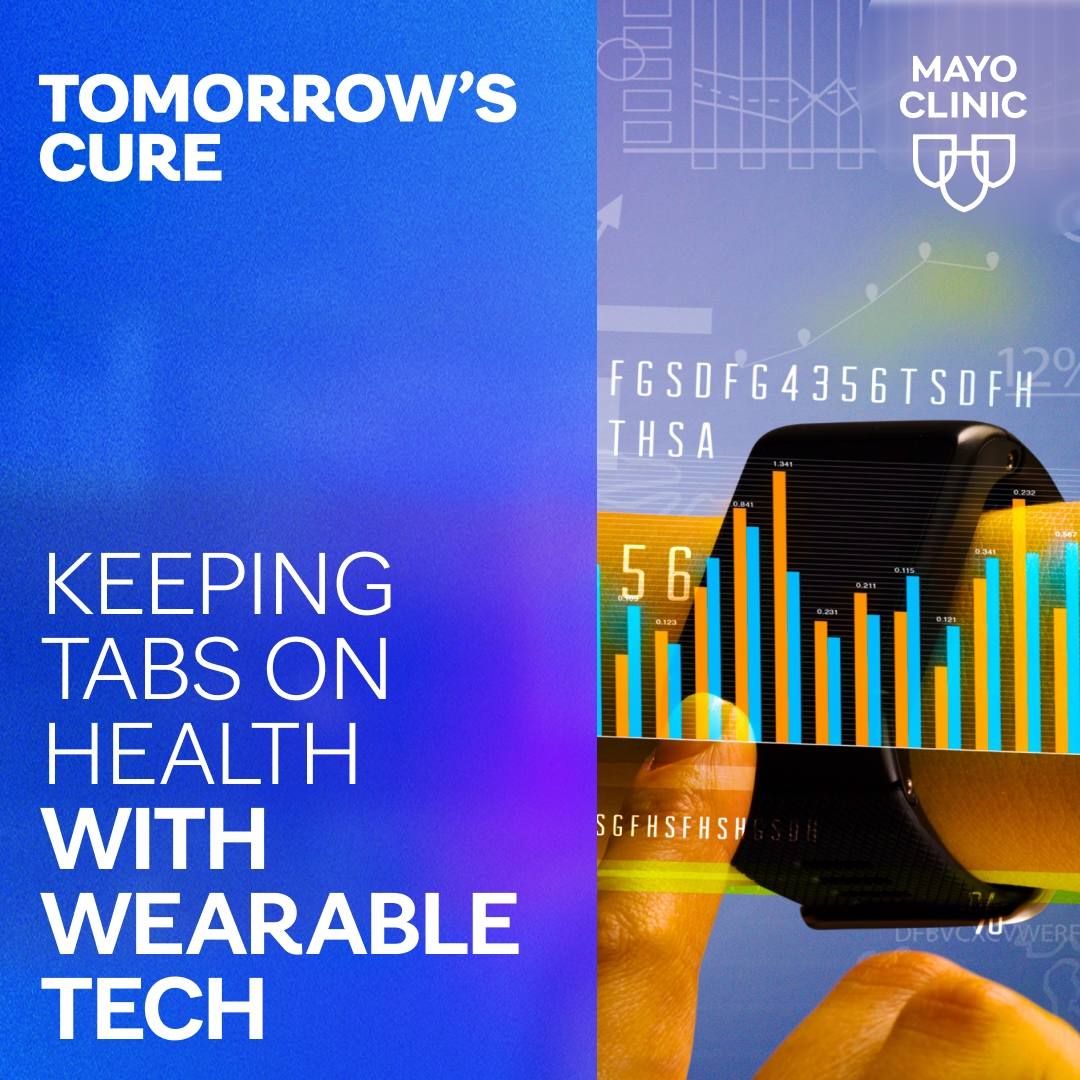
A new COVID-19 variant called B.1621, or mu, by the World Health Organization is being monitored by scientists. While this variant is making news, it is not the dominant strain in the U.S. or elsewhere, says Dr. John O'Horo, a Mayo Clinic infectious diseases physician.
"The delta variant is really the predominant strain everywhere at this point. And while it is important that scientists and public health officials keep an eye on this, we're still in a space right now where the mu variant is something to keep an eye on for the future rather than a concern."
Watch: Dr. John O'Horo talks about COVID-19 variants and vaccines.
Journalists: Soundbites are in the downloads at the end of the post: Please courtesy: "John O'Horo, M.D./Infectious Diseases/Mayo Clinic."
The highly infectious delta variant is twice as contagious as previous variants. It was first identified in India in December of 2020. Mu was first detected in January 2021 in Colombia. Mutations of SARS-CoV-2, the virus that causes COVID-19, have been emerging since the pandemic began.
"Each of these variants is classified, in part, based on the number of mutations they have around the virus itself and some of these viral mutations around something called the spike protein, which is what it uses to actually enter the cells and cause infection," says Dr. O'Horo. "And that's also the target of many of the vaccines."
"The further that these change from the original, the more concern there is that it may evade some of the immune systems around that spike protein. We can still see with the delta variant that vaccines are still able to connect with this and neutralize this at a high enough level to prevent hospitalizations and severe infections. As we look at things like the mu variant, the concern and the question that's still unanswered is how much have these drifted in."
There are three classifications given to SARS-CoV-2 variants based on how easily they spread, how severe their symptoms are, and how they are treated:
- Variant of interest
- Variant of concern
- Variant of high consequence
Dr. O'Horo explains the classifications as "The threat board that some of the scientists are using to keep track of these variants. They look to see which ones of these are demonstrated to really cause significant disease and have increased transmission like delta, which of these are variants that are concerning because they have some potential for spread and they're being recorded in more areas, so something to keep a close watch on like mu—that'd be a variant of concern. And then variants that are emerging where there are more hypothetical concerns about them, but it's worth keeping an eye on, would be the variant of interest."
Vaccination continues to be the most important step in warding off serious illness from COVID-19 infection. It takes at least two weeks for the vaccine to take full effect once you receive it.
"Vaccination against the variant still remains highly effective. Even though there are reports of breakthrough cases, they tend to be far less severe and far less frequent. We can see nationwide that areas with high rates of vaccination are not hit as hard by the delta variant. And that helps make sure that hospitals and clinics are not overwhelmed, as well as keeps individuals safe.
For the safety of its patients, staff and visitors, Mayo Clinic has strict masking policies in place. Anyone shown without a mask was either recorded prior to COVID-19 or recorded in a nonpatient care area where social distancing and other safety protocols were followed.
Information in this post was accurate at the time of its posting. Due to the fluid nature of the COVID-19 pandemic, scientific understanding, along with guidelines and recommendations, may have changed since the original publication date.
For more information and all your COVID-19 coverage, go to the Mayo Clinic News Network and mayoclinic.org.
Learn more about tracking COVID-19 and COVID-19 trends.








